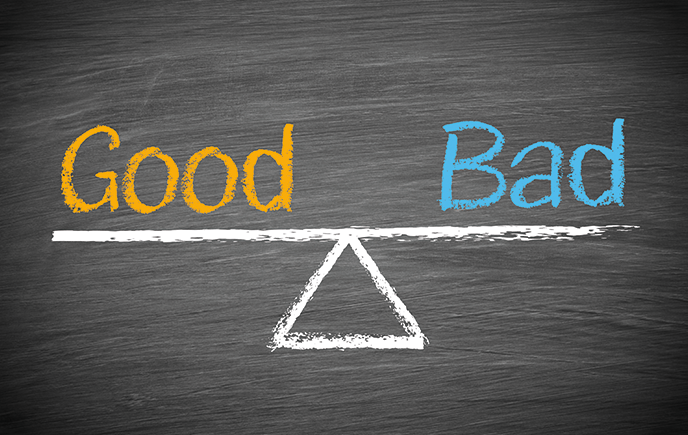Full steam ahead - Scottish distillery with Grundfos
There’s steam and there’s high-quality steam. There are pump solutions and intelligent pump solution...
In manufacturing facilities, across the world, we've seen belts in all shapes and sizes, but contrary to some beliefs, not all belts are the same. There are several different factors that determine the quality of your V-belts.

Material plays arguably the most important role in ensuring the quality and performance of a V-belt. The tensile cord running through the belt handles the lion's share of the duty, so physical properties are vital.
A rubber belt with a polyester cord, and one with aramid, may look the same from the exterior, but their power ratings are totally different. Therefore, dependant on the type of cord used - aramid, fibre glass, polyester - quality, length stability, power and performance will inevitable vary. The stronger the cord, raw materials and build, the better overall performance. The cheaper the cord, the higher possibility of bowing under tension.
The amount of primary material used should also be factored in. A high-performance belt manufactured from 40% EPDM, for example, will outperfrom one of 10%, with many imported versions made up of filler materials. Belts with lower EPDM content will deteriorate quicker, significantly reducing their lifecycle.
Belts such as the FennerⓇ Quattro Plus TW (twinn wrapped) have better length stability due to more highly developed tension cord technology, and improved protection against abrasion, utilising a state-of-the-art wrapped chloroprene rubber construction with a 2-ply asymmetrical weave outer jacket.
Regardless of the quality of your belt, storage conditions can have a significant impact on their performance, and due diligence should be taken to ensure the correct conditions are met. For example, if storage temperatures exceed 30°C service levels could be reduced, and under no circumstances should you store your V-belts in conditions above 46°C.
To ensure premium storage conditions, try hanging your V-belts on pegs or crescent-shaped saddles to prevent weight distribution leading to distortion.
Once out of storage, installation and maintenance processes must be undertaken correctly, or the performance and lifecycle of your belt will also be reduced.
Traditionally, belt manufacture is a very manual process, and the curing process of rubber hasn't changed significantly since its invention, therefore consistency should be a very high importance.
We automatically assume that if our belts come from the same manufacturer and factory, then they all share the same properties. But that's not strictly true.
Overall quality is dependant on the experience and precision of the builder, quality of moulds, and technology used in the process. With everything factored in, the only true way of guaranteeing the best quality belts, is by choosing a reputable manufacturer and selecting a belt that is suitable for your application.
Companies like ContiTech are now looking into the possibilities of improving and reducing maintenance processes by introducing new belting technologies utilising sensors that can measure key states including temperature, elongation and corrosion. Data will then be transferred to a computer, aiding in a transition from reactive to preventative maintenance.
Are you getting the most from your belts? Check out the latest ERIKS instructional video on how to assess your pulleys for wear and damage. Visit www.vimeo.com/eriksuk
Get the latest updates from ERIKS including:
Choose any or all of these via the ERIKS Subscription Centre!
Our Know+How brings together the best of the latest Know+How Hub articles in one easy to digest magazine, covering the following topics:
That's why its the leading magazine for maintenance engineers from ERIKS.
Want Know+How Magazine delivered direct to your door? Visit the ERIKS Subscription Centre to opt-in!
Take a look at our latest updates...
There’s steam and there’s high-quality steam. There are pump solutions and intelligent pump solution...
Looking for a custom Product quote? Need an answer to a Technical question? Looking for Careers/HR support? Want to work with us? Interested in our Digital Trading solutions? Have a finance question? Send us your enquiry and a member of the ERIKS team will be with you quickly.
We strive to deliver exceptional quality service and products. As part of this goal, we encourage customers to submit feedback on their experiences so we can resolve any issues and concerns.
At ERIKS we strive to deliver the best quality service and products. As part of this goal we encourage customers to submit feedback on their experiences so we can resolve any issues and concerns.
Call us: +441215086000
